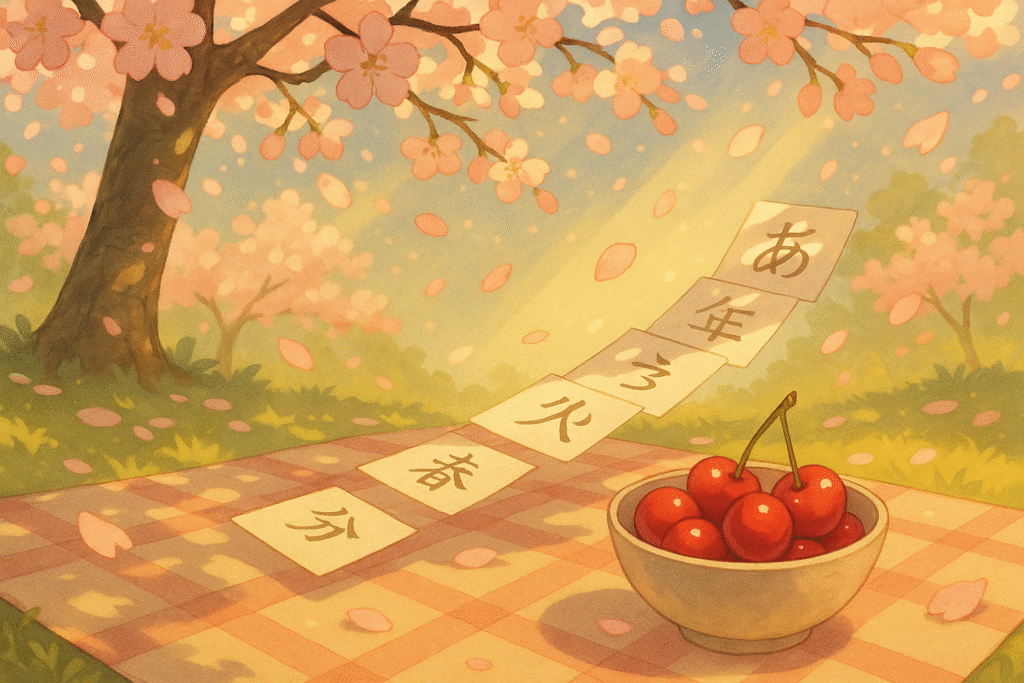Have you ever found yourself in a Japanese restaurant, curious about that pink, pickled condiment served with your sushi? Or perhaps you’re exploring Japanese cooking at home and need to know how to ask for ginger at a local Asian market? Understanding “ginger in Japanese” opens doors to both culinary adventures and cultural insights that go far beyond simple translation.
The Japanese Word for Ginger: Different Forms and Pronunciations
In Japanese, ginger is primarily known as “shōga” (生姜 or しょうが). This versatile root has been integral to Japanese cuisine for centuries, appearing in everything from savory dishes to medicinal preparations.
There are several ways to refer to ginger in Japanese:
- 生姜 (しょうが) – Shōga – The standard Japanese word for ginger
- ジンジャー – Jinjā – The katakana loanword from English “ginger”
- 根生姜 (ねしょうが) – Neshōga – Specifically referring to ginger root
- がり – Gari – The pink pickled ginger served with sushi
When speaking about fresh ginger in Japanese cooking, 生姜 (shōga) is the most commonly used term. Similar to how we explored the versatility of verbs in our guide to Japanese adverbs, the word shōga takes on different meanings depending on its context and preparation.
Cultural Significance of Ginger in Japanese Society
Ginger isn’t just a cooking ingredient in Japan—it’s deeply woven into cultural practices and daily life, much like how “mainichi” (everyday) routines include foods with cultural significance.
Traditional Medicine
For centuries, the Japanese have used ginger as a warming remedy during cold winter months. You might hear phrases like:
- 風邪予防にショウガを摂る (Kaze yobō ni shōga o toru)
- “I take ginger to prevent colds”
Seasonal Cooking
Just as we discussed the role of “okasan” (mother) in Japanese family life, many Japanese mothers prepare special ginger dishes during seasonal transitions to support family health.
In autumn and winter, you’ll commonly find:
- Ginger rice (生姜ご飯 – shōga gohan)
- Ginger tea (生姜湯 – shōga yu)
- Pork and ginger stir-fry (生姜焼き – shōga yaki)
How to Use “Ginger” in Japanese Conversations
Learning to incorporate “ginger in Japanese” into your conversations can enhance your language skills, similar to how “tsukau” (to use) functions in everyday Japanese speech. Here are some practical examples:
Asking About Preferences
When asking about ginger preferences, you might use the question word “donna” (what kind of):
- どんな生姜料理が好きですか? (Donna shōga ryōri ga suki desu ka?)
- “What kind of ginger dishes do you like?”
In Restaurants
When dining out, these phrases might come in handy:
- 生姜抜きでお願いします。 (Shōga nuki de onegaishimasu.)
- “Without ginger, please.”
- 生姜を追加してもらえますか? (Shōga o tsuika shite moraemasu ka?)
- “Could I have extra ginger, please?”
Want to explore Japan’s culture?
Discover Japan’s rich culture, traditions, and hidden gems with our expertly crafted guides. Get insider tips on travel, food, and history. All for free!
Common Ginger Dishes in Japanese Cuisine
Japanese cuisine features ginger in numerous preparations, each with distinct characteristics:
Gari (ガリ) – Pickled Sushi Ginger
This sweet, thinly-sliced pickled ginger serves as a palate cleanser between different sushi varieties. Its distinctive pink color traditionally comes from the pickling of young ginger with red shiso leaves.
Shōga Yaki (生姜焼き) – Ginger Pork
A beloved home-style dish featuring thinly sliced pork sautéed in a savory-sweet sauce with generous amounts of grated ginger.
Shōga Yu (生姜湯) – Ginger Tea
A warming, medicinal tea made by steeping fresh ginger in hot water, often sweetened with honey.
Learning to Write “Ginger” in Japanese
Just as we covered in our first meetings guide on how to say “nice to meet you” in Japanese, mastering basic Japanese words like “ginger” includes understanding the writing system:
- Kanji form: 生姜 (traditional characters)
- Hiragana form: しょうが (phonetic writing)
- Katakana form: ジンジャー (for the English loanword “ginger”)
Writing practice tip: The kanji 生 means “life” or “raw” and 姜 specifically refers to “ginger” – together they form “fresh ginger.”
Regional Variations of Ginger Usage in Japan
Like many aspects of Japanese culture, ginger usage varies by region:
- Kyoto cuisine often features more subtle ginger accents
- Northern regions tend to use more ginger in winter dishes for warmth
- Okinawan cooking incorporates unique local ginger varieties
This regional diversity reflects Japan’s complex cultural tapestry, similar to how “hazukashii” (embarrassment) carries different nuances across Japan.
Learning More Japanese Food Vocabulary
Ready to expand your Japanese food vocabulary beyond “ginger in Japanese”? Visit our Learn Japanese page for free guides on essential Japanese food terms and cultural context to enhance your language journey.
Q&A: Quick Facts About Ginger in Japanese
What is ginger called in Japanese?
Ginger is called “shōga” (生姜) in Japanese.
Is gari the same as shōga?
No, gari (ガリ) specifically refers to pickled ginger served with sushi, while shōga is the general term for ginger.
How do Japanese people use ginger medicinally?
Japanese people commonly use ginger in teas, baths, and compresses to improve circulation, warm the body, and address cold symptoms.
Can I use the English word “ginger” in Japan?
Yes, many Japanese people understand “ジンジャー” (jinjā), the katakana version of “ginger,” especially in metropolitan areas.
What dishes should I try to experience authentic Japanese ginger?
Try shōga yaki (ginger pork), ginger rice, and pickled ginger (gari) for authentic Japanese ginger experiences.
The versatile root known as shōga has been integral to Japanese cuisine and culture for centuries, appearing in everything from everyday meals to medicinal remedies. Whether you’re ordering at a restaurant, cooking at home, or simply expanding your Japanese vocabulary, understanding “ginger in Japanese” provides valuable cultural insight beyond mere translation.
Ready to continue your Japanese language journey? Explore our comprehensive guides covering everything from everyday expressions to cultural nuances that will enhance your appreciation of this fascinating language.
Love Japan? Stay in the Loop!
Get the best of Japan straight to your inbox: language, culture & travel insights!




